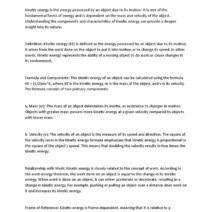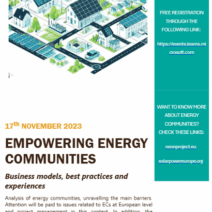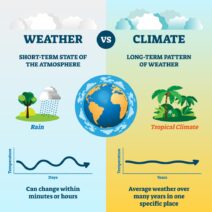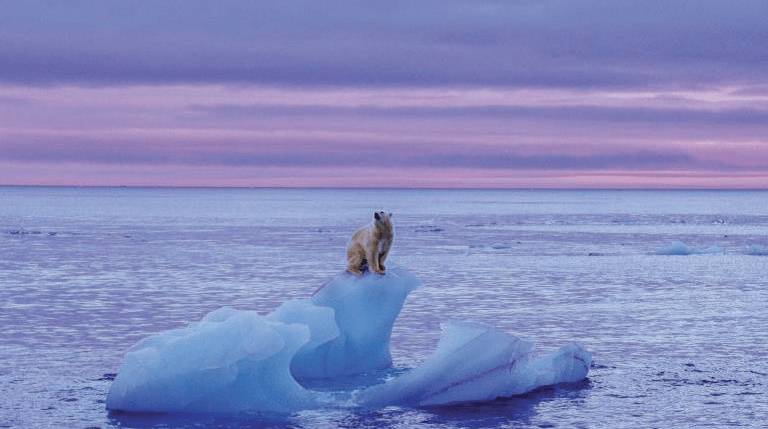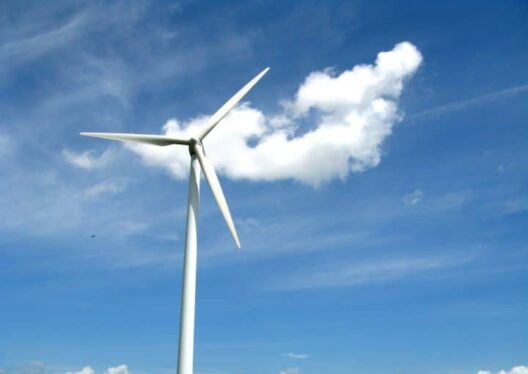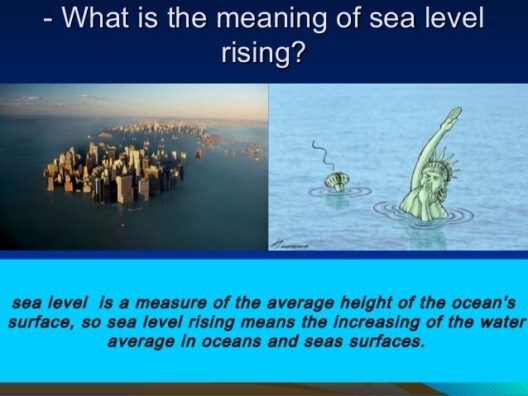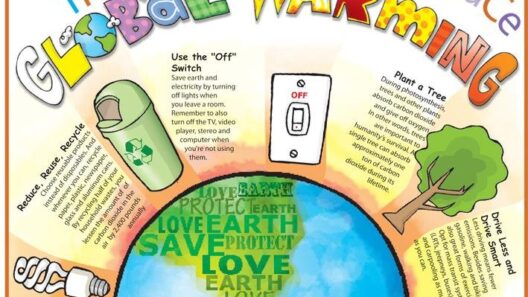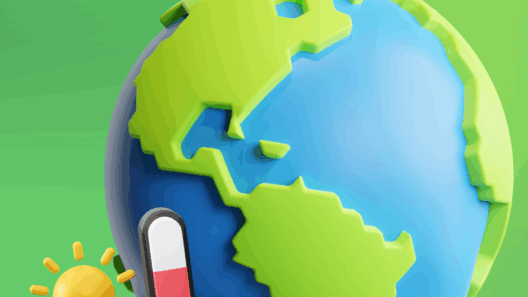Global warming often conjures images of melting glaciers, rising sea levels, and the impending catastrophic consequences for life on Earth. Surprisingly, the paradoxical notion that global warming could inadvertently trigger an ice age offers a curious twist in our understanding of climate dynamics. This tantalizing idea stems from the complex interactions within the Earth’s climate system, and it beckons exploration into the potential consequences of anthropogenic climate change.
While a warming planet might seem counterintuitive to the onset of another ice age, the mechanisms at play are rooted in the fundamental principles of oceanography, atmospheric science, and the cyclical nature of Earth’s climatic history. This discourse delves into the intricate relationship between global warming and its perplexing ability to spark an icy backlash, inviting readers to consider the multifaceted narrative of climate change.
The Peculiar Dance of Currents: How Warm Water Alters Weather Patterns
The Earth’s climate system is profoundly influenced by ocean currents, which act as global conveyors of heat. These currents, primarily driven by the thermohaline circulation, are essential for regulating temperatures across continents and influencing weather patterns. As global temperatures rise, the polar ice caps are accelerated in their melting, resulting in increased freshwater pouring into the oceans. This influx of freshwater disrupts the salinity gradients critical for sustaining the thermohaline conveyor belt.
One significant threshold of concern is the potential slowdown or even collapse of the Atlantic Meridional Overturning Circulation (AMOC). A slowdown could lead to an anomalous cooling of Europe and North America, as the warm waters that typically flow northward are compromised. The irony lies in the fact that while a significant portion of the world may endure heat waves and droughts, the northern reaches could experience an unexpected and extreme descent into colder conditions.
Previous epochs of climate history, such as the Younger Dryas—a period marked by a startling temperature drop approximately 12,000 years ago—serve as precedents. The release of freshwater from melting ice sheets at the end of the last Ice Age played a pivotal role in this abrupt climatic shift. Such parallels reveal a precarious tightrope walk between warming and cooling within our climate framework.
The Atmospheric Ripple Effect: How Changes in Temperature Shift Weather Extremes
The atmospheric response to changing sea surface temperatures can also provoke dramatic alterations in weather phenomena. Warmer air holds more moisture, leading to potentially intensified precipitation in various forms—be it rain, snow, or sleet. These extremes exacerbate regional climatic variability, often resulting in climatic events that appear contradictory to overarching warming trends.
In this context, the potential for increased snowfall during winter months could lead to greater accumulation of ice and snow in polar areas. The thickening of ice sheets, coupled with significant atmospheric disturbances, contributes to further cooling as the reflective surfaces of glaciers and snowfields increase albedo—the proportion of sunlight reflected from the Earth’s surface. The interplay between warming temperatures and resulting localized ice accumulation draws attention to how interconnected and paradoxical the climate narrative has become.
Echoes from the Past: Historical Climate Patterns and Future Predictions
Examining the geological record reveals the cyclical nature of Earth’s climatic system. Glacial and interglacial periods alternate as a result of numerous factors, including variations in Earth’s orbital patterns, solar radiation, and greenhouse gas concentrations. The Pleistocene era provides an intriguing backdrop, showcasing an era riddled with profound transitions between glacial and warmer interludes. Today, the immediate threat of anthropogenic global warming presents an unusual juxtaposition against this backdrop of historical climate variability.
Predictive climate models help us navigate these uncertainties, yet they are fraught with inherent complexities. Although many models forecast a continuing warming trend, they also highlight potential scenarios where significant disruptions in climate systems could lead to sudden cooling events, especially in the Northern Hemisphere. The potential for a rapid onset of glacial conditions as a counter-response to a warming climate remains an unsettled but fascinating hypothesis worthy of ongoing scrutiny.
Consequences and Considerations: The Dual Nature of Climate Change
The prospect of experiencing colder conditions amid a globally warming narrative elicits a poignant reflection on our ecological future. From agriculture to water resources, myriad sectors stand to be influenced by these unpredictable shifts. A sudden cooling could jeopardize food security, disrupt ecosystems, and strain human livelihoods, ultimately complicating the already complex challenges posed by climate change.
Moreover, navigating the dichotomy of assessment and intervention becomes paramount as policymakers confront these multifaceted problems. Understanding the potential for intertwined climatic outcomes fosters a comprehensive approach to climate policy, as decisions forged today may shape the fate of future generations.
Conclusion: The Art of Understanding Complexity in a Warming World
The irony that global warming could precipitate an ice age reinforces the notion that the Earth’s climate system is far from straightforward. The complexities of climate science underscore the necessity for diligent research and informed public discourse. Recognizing that our warming planet may hold within its chaotic grasp the potential for chilling climatic consequences invites a broader and more nuanced dialogue about responsibility and action. The intertwined fate of humanity and the planet necessitates a commitment to understanding these intricacies as we navigate a decidedly uncertain future.
